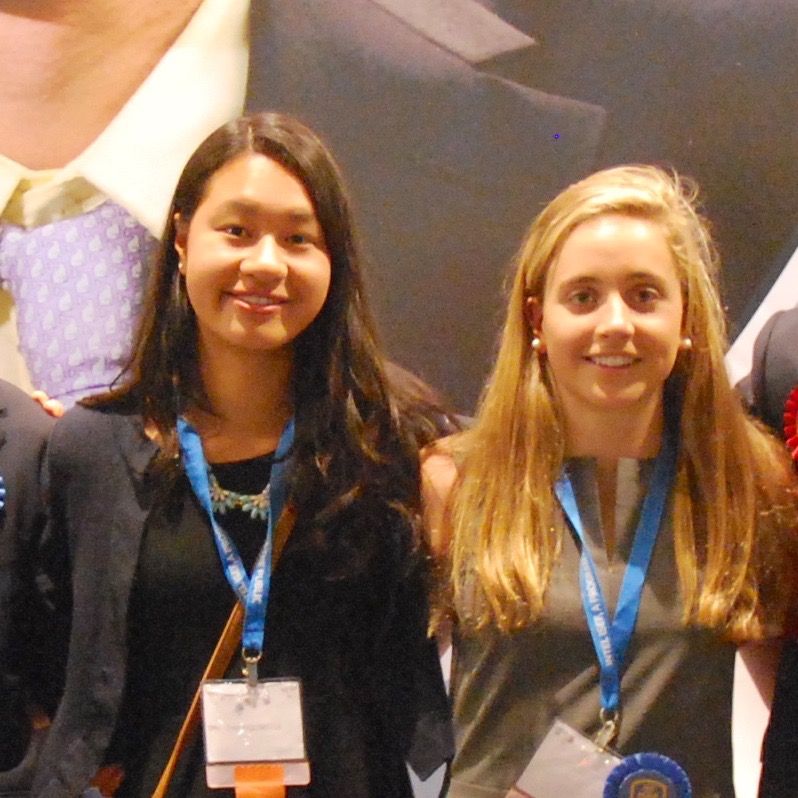View the lifestreamed awards ceremony on September 21st, 10:00 pm EDT.
Each year, Google sponsors the Google Science Fair, which is an online science competition, where thousands of
students, ages 13-18, apply using their independent research projects. Of the thousands of entrants, Only 90 Finalists are selected, WORLDWIDE, with only 18 finalists selected from the “Americas” (North and South America and Canada), from the ages of 16-18. On July 7th, the 90 regional finalists were announced, and three of the 18 students from the Americas were 2015 Connecticut Science & Engineering Fair and 2015 Intel International Science & Engineering Fair competitors, from Greenwich High School and Greens Farms Academy.
Olivia Hallisey was selected for her project where she developed a low-cost, temperature-independent “rapid” test for EBOLA. Olivia’s lateral-flow device resembles a quick pregnancy test, and will allow for rapid detection of EBOLA, even when patients are without symptoms, for a cost of $25. Her device does not require refrigeration, which makes it ideal for those areas where EBOLA is prevalent, since electricity (and hence refrigeration) is often lacking. Here’s a link to Olivia’s Google Project:
Margaret Cirino was selected for her research, where she developed innovative, magnetically-driven, iron-based,
polymeric nanocarriers, that are biocompatible, and can be used to deliver chemotherapy drugs to cancer cells and tumors with tremendous accuracy and ease. Using Margaret’s nanocarriers, chemotherapy drugs, and with further research, other drugs that require targeted delivery throughout the body, can be injected into the bloodstream, and externally positioned using low-power magnets, to the target area, where over ~2 days, the drug is released, and the biocompatible polymer then dissolves. Here’s a link to Margaret’s Google Project
Matthew Lichtenberg was selected for his research examining how three dimensional nanostructures can be imparted on gallium nitride (GaN) surfaces by photoelectrochemical etching to determine the least reflective surface for solar applications. Photovoltaic cells work optimally when they have antireflective coatings and modified surface structures that allow them to retain light energy. Traditionally, silicon has been the primary material in photovoltaic cells, in large part because of the material’s success in the electronics industry. Gallium Nitride (GaN) shows promise as an alternative material to silicon for some applications because of its durability and stability both physically and chemically. Link to Matthew’s research
Hallisey Selected as Global Finalist
On August 4th, Google announced the 20 Global Finalists, describing these student’s projects as “20 Ways to Change the World.” Of the 20 Global Finalists, only 7 students were from the U.S., including 4 students ages 16-18, and 3 students ages 13-15. It is exciting to have Olivia Hallisey selected as a Global Finalist, and will now travel to Google HQ in California, to present her research to a panel of esteemed judges on September 21st, at the Global Finalist Exhibition. See 20 Global Finalists projects, which includes Olivia’s research.
You can view the lifestreamed awards ceremony on September 21st, 10:00 pm EDT.




